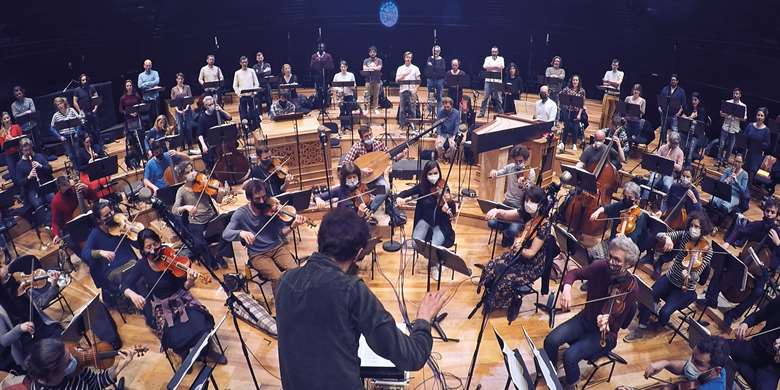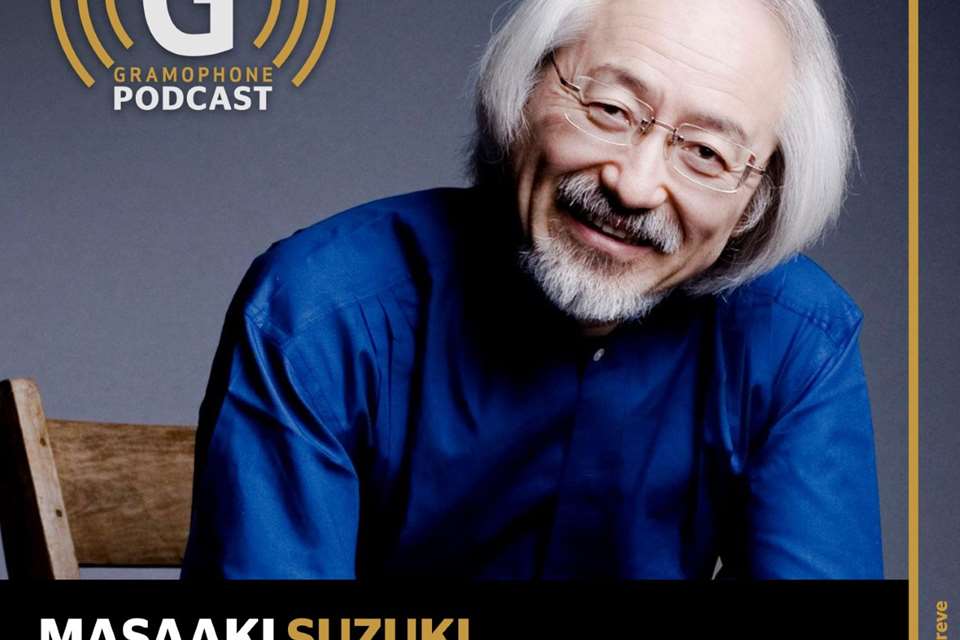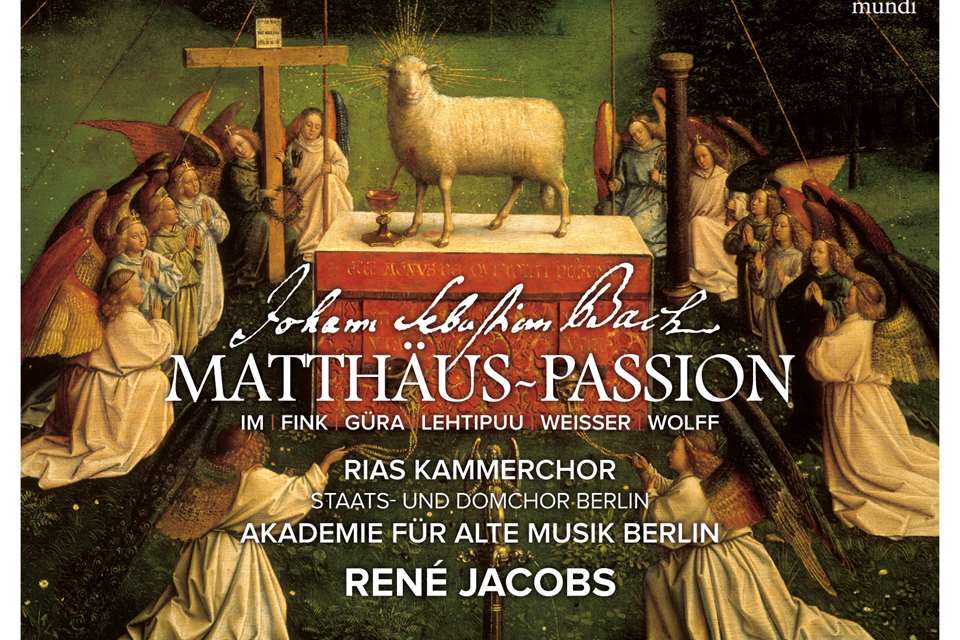‘The St Matthew Passion is one of the most extraordinary human immersive experiences of all’ | Inside Bach's masterpiece, with Raphaël Pichon
Wednesday, March 23, 2022
Raphaël Pichon reveals to Lindsay Kemp a studious and collaborative approach to this epic work

Register now to continue reading
Thanks for exploring the Gramophone website. Sign up for a free account today to enjoy the following benefits:
- Free access to 3 subscriber-only articles per month
- Unlimited access to our news, podcasts and awards pages
- Free weekly email newsletter









